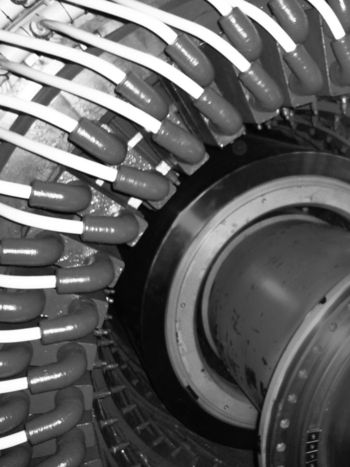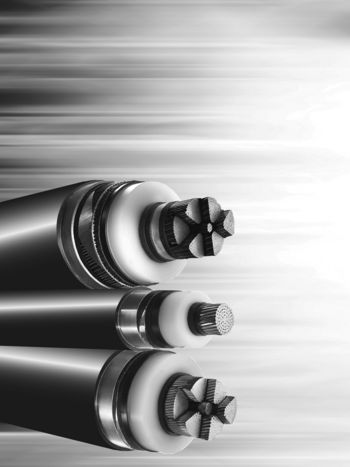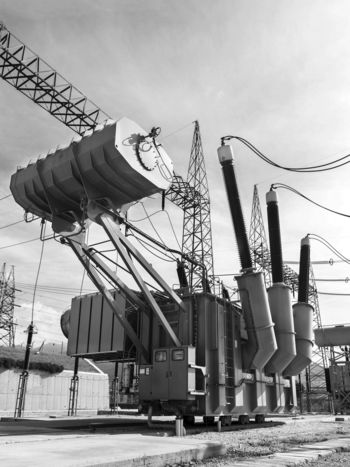Atmospheric and altitude correction factors for air gaps and clean insulators
The influence of atmospheric conditions on the dielectric strength of external insulation is complex. This is because the degree of influence is different for different discharge processes, e.g., corona, streamer, and leader discharges. At the same time, the type of discharge processes that may appear across the insulation is determined by many other parameters.
Members
Convenor (DE)
J. RICKMANN
Secretary (CN)
J. FAN
L. AREVALO (SE), R. DIAZ (AR), D. DE MELLO (BR), D. YUJIAN (CN), A.-P. ELG (SE), E. KYNAST (DE), Q. LI (CN), Y. LI (AU), Y. LIAO (CN), R. MAREK (US), C. NYAMUPANGEDENGU (ZA), S. OKABE (JP), N. PARUS (YA), A. PIGINI (IT), D. TABAKOVIC (US), D. WU (SE)
Corresponding Members
A. BOSMA (SE), J.C. MARTINEZ MAGDALENO (MX), M. RAMIREZ (MX), G. RIZZI (IT)
Those related parameters may be grouped into three categories (Figure 1):
- Ambient conditions: temperature, pressure, humidity, rain, snow, and pollution.
- Applied voltage (waveforms of the applied voltage): LI, SI, AC, DC, and other possible waveforms.
- Insulation configuration (insulation characteristics): electrode shape, gap size and arrangement, gap complexity, etc..

Figure 1 - Influencing factors for air dielectric strength
Medium and High voltage equipment (i.e. circuit breakers, disconnectors, arresters, bushings, insulators, instrument transformers, etc.) requires reliable criteria for development and designing to ensure long-lasting endurance in service.
To achieve these objectives, dielectric tests (Type, Sample and Routine Tests) are performed in HV Laboratories, which may be located at various altitudes. Additionally, the equipment itself is normally required to be installed and to be fully functional at various altitudes and in different environmental conditions.
Different standards and guidelines for insulation coordination and testing are available. However, several different approaches to atmospheric and altitude correction exist in these documents, resulting in confusion and ambiguities. Therefore, clarification and new recommendations are needed.
In the case of applying atmospheric correction factors in testing, two different correction procedures are applied:
- Correction of the disruptive discharge voltage at given atmospheric conditions to the voltage which would have been obtained at the standard reference atmosphere.
- Correction of a specified voltage to a test voltage in a laboratory with its actual atmospheric conditions at the time of test (converse method)
In the case of insulation coordination and in the design stage of the apparatus, not all parameters of atmospheric conditions in service and not all geometries or insulation configurations are normally available. This means simplifications are necessary which lead to in practice an altitude correction only approach, which has the following implications:
- A correction for the withstand voltage is calculated for higher altitudes referring to the withstand voltage at sea level to fulfil the dielectric requirements.
- The simplified model needs to cover for the missing parameters, i.e., temperature and humidity, to avoid breakdown, which in many cases has proven to be insufficient.
Scope
The scope of the Working Group was:
- Check and evaluate the existing correction factors (temperature, pressure, absolute humidity) for AC, SI, LI and DC test voltages in voltage systems greater 1000 V relevant for installation up to 6000 m above sea level, for air gaps and clean insulators.
- Collect available new test results and initiate round-robin-tests, if necessary.
- Give guidance on modifications of the atmospheric and altitude corrections, when necessary.
Structure of the TB
The Technical Brochure summarizes the work carried out by the Working Group with experts from utilities, OEMs, academia, consultants, R&D organizations and industry experts on Insulation Coordination and HV Engineering and technologies. The experts of WG D1.50 have put their experience and knowledge together to create this brochure between 2012 and 2022.
The Technical Brochure addresses the subject topic relevant to all stakeholders of T&D equipment and technology, which included all those involved in the selection, specification, design, manufacture, and exploitation management of MV and HV equipment. The document focuses on the implementation of Atmospheric and Altitude Correction Factors (AACF) for air gaps and clean insulators that are typically used for overhead lines and in HV substations and equipment.
The Technical Brochure further provides an overview of the existing AAFC methodologies, stipulated in various IEC standards. It also presents the current and expected future trends to be included in the revision of standards and procedures, pointing to the need for further research, testing and standardization. It features eight main chapters and 6 appendices.
The first chapter (Chapter 1 "Introduction") presents the goals and motivations as well as details of the work. The terms atmospheric correction and altitude correction are often used in parallel and interchangeably. The chapter aims to show the common ideas and the differences between these two terms. It presents the application principles of atmospheric correction in dielectric testing and insulation coordination, and explains the differences between atmospheric correction and altitude correction.
Chapter 2 “Physical Background of atmospheric corrections on air discharge”, provides an overview of the discharging mechanism in the air. Then it explains the streamer and leader behaviors in short and long gaps. This section finishes with a discussion of the influences of air density and humidity and their impact on air discharges.


